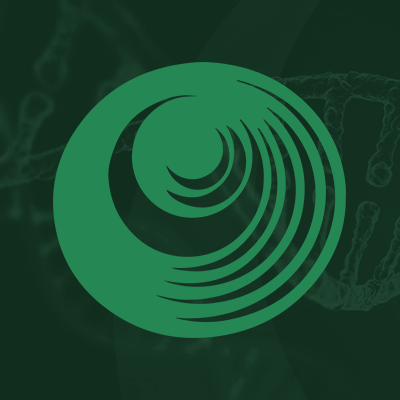Abstract
Robbie L. McLeod1,2,3, Minilik H. Angagaw1,2,3, Toya Nath Baral1,2,3, Liming Liu1,2,3, Raymond Joseph Moniz1,2,3, Jason Laskey1,2,3, SuChun Hsieh1,2,3, Mike Lee1,2,3, Jin-Hwan Han1,2,3, Hassan Issafras1,2,3, Sarah Javaid1,2,3, Andrey Loboda1,2,3, Svetlana Sadekova1,2,3, Joann A. O'Connor1,2,3, Archie Tse1,2,3 and Juha Punnonen1,2,3
1Merck & Co., Inc., Boston, MA, USA
2Merck & Co., Inc., Kenilworth, NJ, USA
3Merck & Co., Inc., Palo Alto, CA, USA
Correspondence to:
Robbie L. McLeod, email: robbie.mcleod@merck.com
Keywords: CEACAM1; CC1; CD8+ T cells; syngeneic mouse model; pharmacokinetic
Received: June 21, 2018 Accepted: August 27, 2018 Published: October 02, 2018
ABSTRACT
Carcinoembryonic antigen-related cell adhesion molecule 1 (CEACAM1) has been reported to mediate both tumorigenic and anti-tumor effects in vivo. Blockade of the CEACAM1 signaling pathway has recently been implicated as a novel mechanism for cancer immunotherapy. CC1, a mouse anti-CEACAM1 monoclonal antibody (mAb), has been widely used as a pharmacological tool in preclinical studies to inform on CEACAM1 pathway biology although limited data are available on its CEACAM1 blocking characteristics or pharmacodynamic-pharmacokinetic profiles. We sought to investigate CEACAM1 expression on mouse tumor and immune cells, characterize CC1 mAb binding, and evaluate CC1 in syngeneic mouse oncology models as a monotherapy and in combination with an anti-PD-1 mAb. CEACAM1 expression was observed at high levels on neutrophils, NK cells and myeloid-derived suppressor cells (MDSCs), while the expression on tumor-infiltrating CD8+ T cells was low. Unexpectedly, rather than blocking, CC1 facilitated binding of soluble CEACAM1 to CEACAM1 expressing cells. No anti-tumor effects were observed in CT26, MBT2 or A20 models when tested up to 30 mg/kg dose, a dose that was estimated to achieve >90% target engagement in vivo. Taken together, tumor infiltrating CD8+ T cells express low levels of CEACAM1 and CC1 Ab mediates no or minimal anti-tumor effects in vivo, as a monotherapy or in combination with anti-PD-1 treatment.

